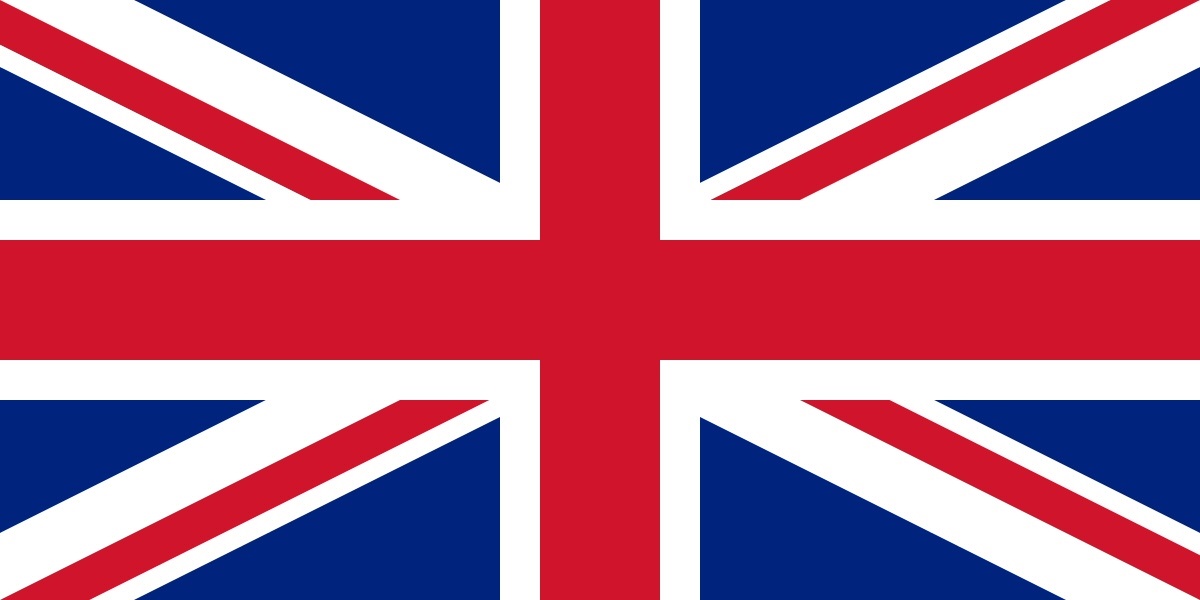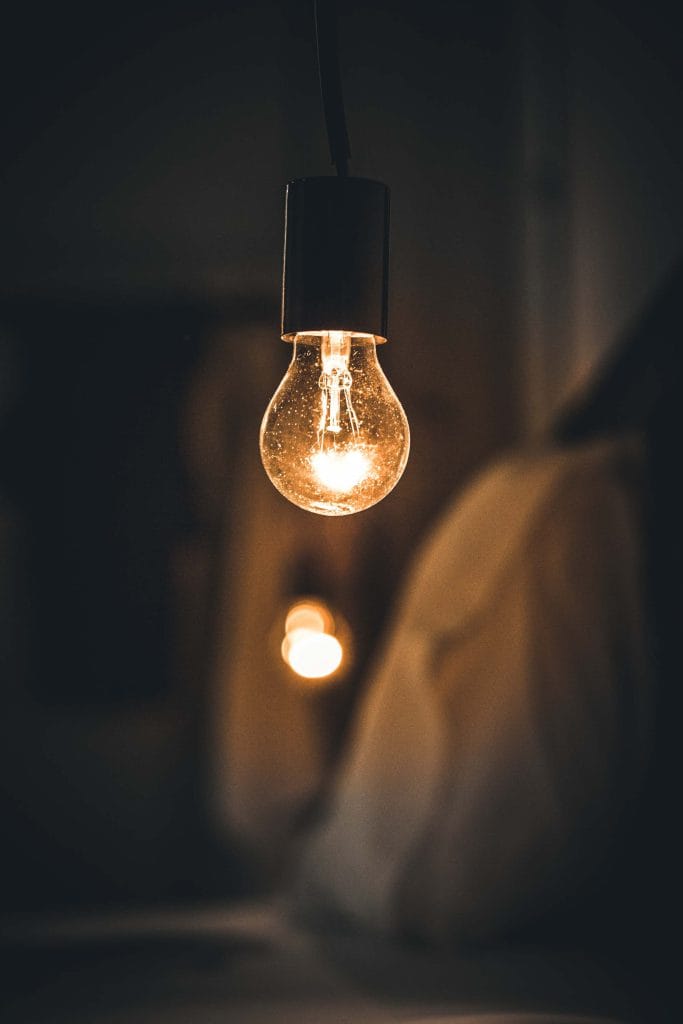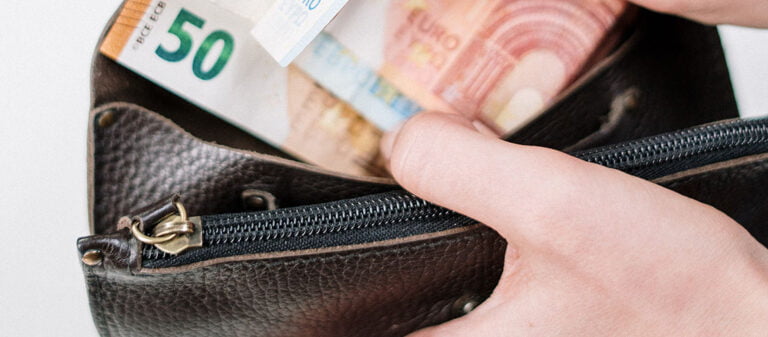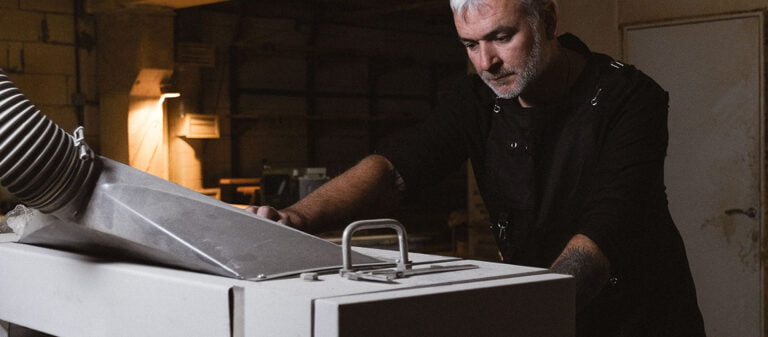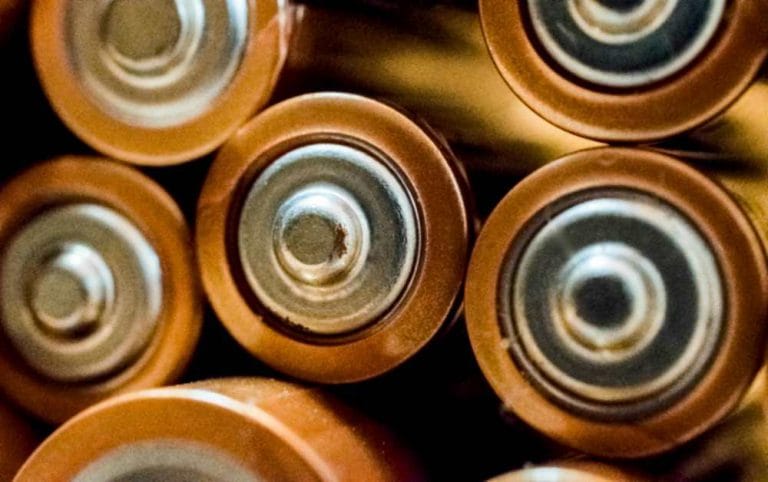If you’re making or selling low-voltage lamps—whether 5V, 12V, or even battery-powered—this post will guide you through Swedish and wider Nordic rules. These rules are quite similar across the European Union, so knowing them will help you sell your products safely in many countries. Even though low-voltage devices pose fewer risks than mains-powered items, you still have to prove they’re safe.
Why Low Voltage (5V or 12V) and Batteries Matter
Safety Extra-Low Voltage (SELV) refers to systems that don’t exceed 50 volts. Lamps running at 5V or 12V fall well under that limit and are usually much safer for the end user. Battery-powered lamps often count as SELV too. However, staying under 50 volts doesn’t remove all safety concerns—you still have to check for overheating, fire hazards, and other risks like sharp edges or faulty wiring.
Swedish Laws and the Nordic Region
In Sweden, the main safety laws are:
- The Electrical Safety Act (SFS 2016:732)
- The Electrical Safety Ordinance (SFS 2017:218)
- Regulations from the National Electrical Safety Board (ELSÄK-FS)
All electrical products must be safe for people, property, and animals. Other Nordic countries—like Norway, Denmark, Finland, and Iceland—have similar rules. On top of that, the European Union sets standards that every member country follows, so you’ll see a lot of overlap if you plan to sell your lamps in multiple places.
EN 60598 Standards
The EN 60598 family is the main European standard for luminaires. It outlines important tests and design rules:
- EN 60598-1: General safety rules for all lamps, including low-voltage and battery-operated designs.
- EN 60598-2-2: Special details if your lamp is meant to be recessed, like in ceilings or walls.
- EN 60598-2-10: Extra safety requirements for child-friendly or child-appealing lamps.
Although EN 60598 isn’t officially tied to the new General Product Safety Regulation (GPSR) or the Swedish Electrical Safety Act, it remains one of the most recognized standards for demonstrating compliance with essential safety requirements for lamps in Sweden, the Nordic countries, and across the EU.
The New General Product Safety Regulation (GPSR)
By December 13, 2024, the GPSR will be fully enforced across the EU, which affects all consumer products, including low-voltage and battery-powered lamps. You’ll need:
- A thorough risk assessment that looks at electrical, mechanical, and other hazards.
- Clear instructions and warnings so users know how to handle and install the product safely.
- Traceability to know where your parts come from and where your products are sold.
Reduced Testing Does Not Mean No Testing
With 5V, 12V, or battery-based lamps, strict high-voltage tests aren’t always required. Insulation requirements are lower, and you might skip some heavy-duty checks used for 230V mains products. However, reduced testing isn’t “no testing.” You must still prove your product is safe. You can do this:
- At a recognized test lab, which can be cost-effective in the long run because it reduces the risk of recalls or safety failures.
- By testing in-house, as long as you keep detailed documentation of all tests, results, and risk analyses. While lab testing is often the easiest and safest route, manufacturers can perform their own tests—as long as they have solid documentation to back up their claims.
Conclusion
Selling 5V or 12V lamps (and other battery-powered products) in Sweden—or anywhere in the Nordics—requires careful attention to laws and standards. By following EN 60598 and preparing for GPSR rules, you’ll show customers and regulators that your products are safe. Remember: even if the voltage is small, your responsibility to ensure safety is still big.
